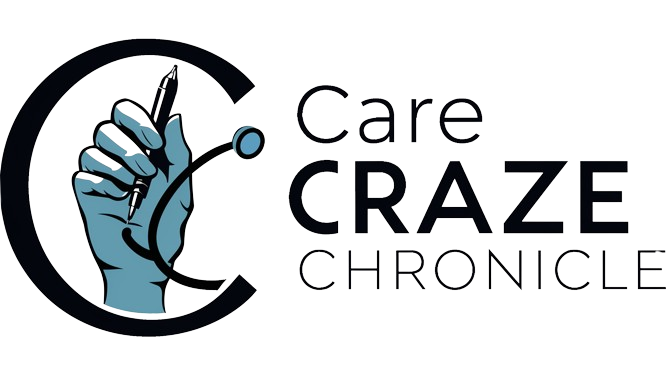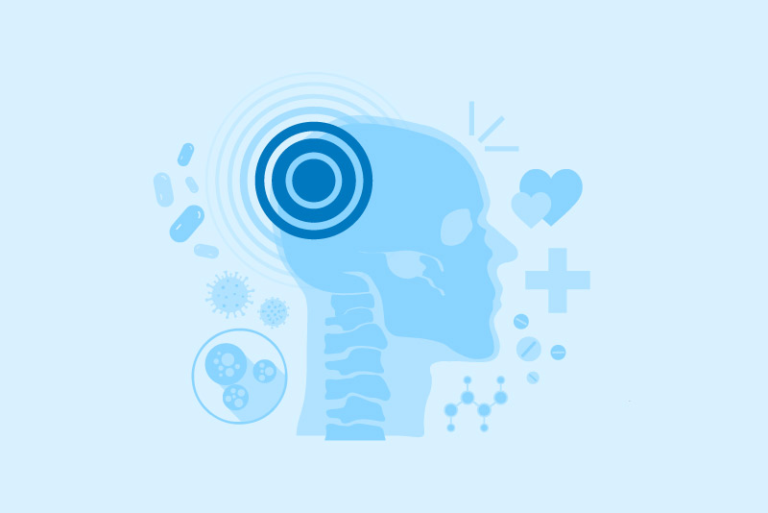What causes beta thalassemia?
Beta thalassemia results from a mutation (error) that limits beta-globin production in your body. Hemoglobin consists of four protein chains, two alpha-globin chains and two beta-globin chains. Mutations of the alpha-globin chain cause alpha thalassemia, while mutations of the beta-globin chain cause beta thalassemia. A deficiency of either globin chain damages and destroys the red blood cell.
You inherit the gene mutation for beta thalassemia in an autosomal recessive pattern. This happens when both biological parents carry one copy of the mutated gene and one copy of the normal gene. In the most severe form of beta thalassemia, you inherit a copy of the mutated gene from both parents.
In rare instances, inheriting just one mutated beta-globin gene causes beta thalassemia. This is called an autosomal dominant pattern.
What are the types of beta thalassemia?
The number of defective genes you inherit and the mutation’s location will determine your condition’s severity. Some mutations cause no beta-globin to be produced (beta-zero thalassemia). Other mutations cause too little beta-globin to be made (beta-plus thalassemia).
The types of beta thalassemia include the following.
- Beta thalassemia major (Cooley’s anemia) is the most severe kind of beta thalassemia. It involves having two missing or defective beta-globin genes. Beta thalassemia major is now known as “transfusion-dependent thalassemia” because people with this condition require lifelong blood transfusions.
- Beta thalassemia intermedia may cause mild to moderate anemia symptoms. It also involves having two missing or defective beta-globin genes. You likely won’t need lifelong blood transfusions with beta thalassemia intermedia.
- Beta thalassemia minor (beta thalassemia trait) often causes mild anemia symptoms. It involves having one missing or defective beta-globin gene. Some people with beta thalassemia minor don’t have symptoms at all.
What are the symptoms of beta thalassemia?
Your symptoms will depend on how severe your beta thalassemia is. For instance, you may be asymptomatic (no symptoms) or have mild anemia symptoms with beta thalassemia minor. You may have moderate or more severe symptoms with beta thalassemia intermedia and especially beta thalassemia major.
Mild symptoms
Beta thalassemia minor (beta thalassemia trait) is associated with mild anemia symptoms, including:
- Fatigue.
- Dizziness or weakness.
- Frequent headaches.
- Pale skin.
Moderate to severe symptoms
The most severe symptoms are associated with beta thalassemia major. Some of these symptoms also appear with beta thalassemia intermedia, depending on your condition’s severity. In addition to experiencing mild symptoms, you may have:
- Shortness of breath with exertion.
- Heart palpitations.
- Yellow skin or whites of your eyes (jaundice).
- Dark or tea-colored urine (pee).
- Slow growth or delayed development.
- Swollen abdomen.
- Weak or misshapen bones in your arms, legs and face.
Infants with moderate to severe beta thalassemia may be especially fussy and get frequent infections.

